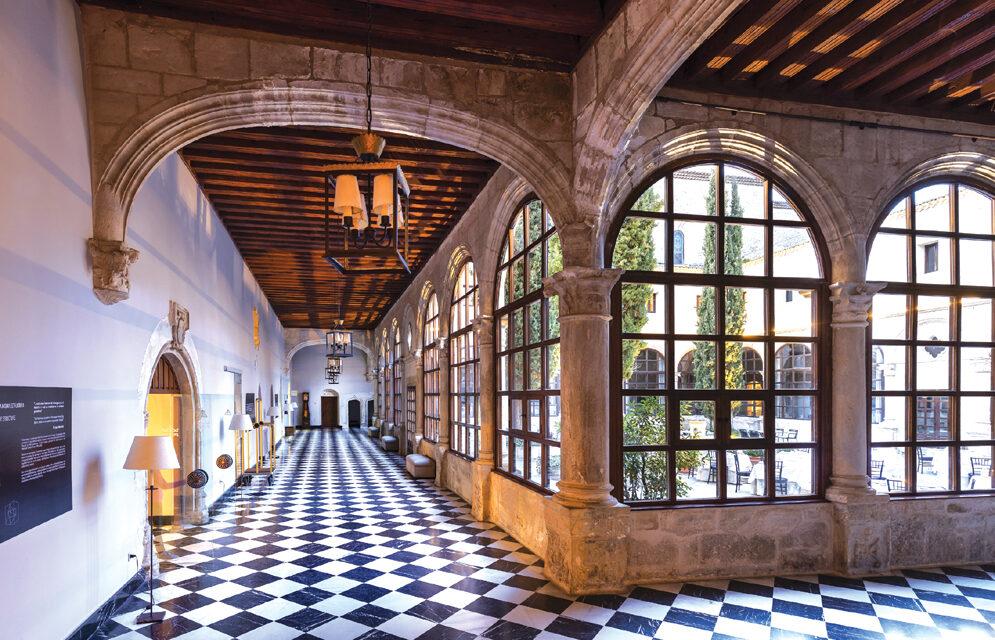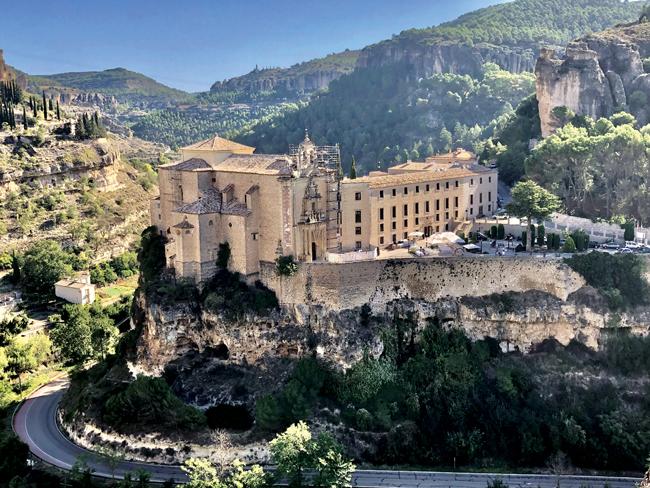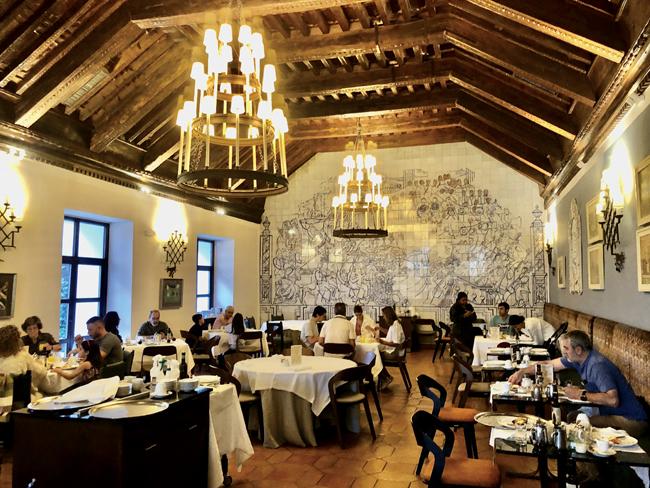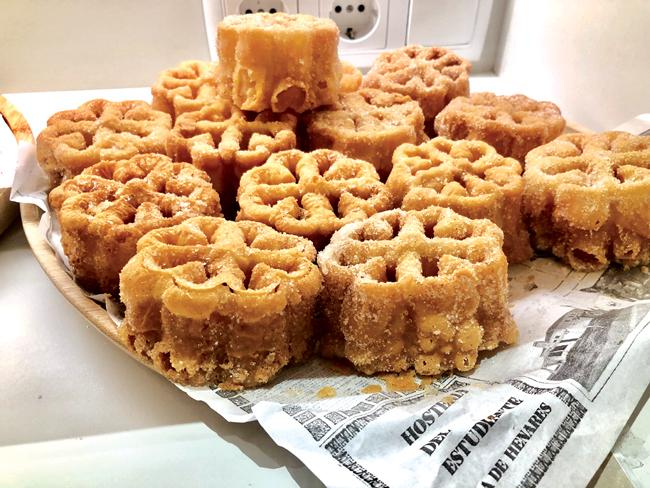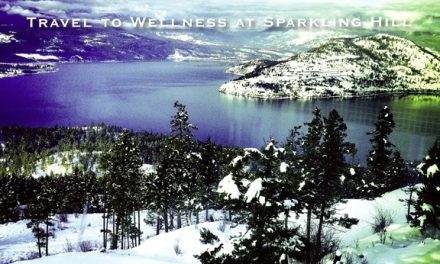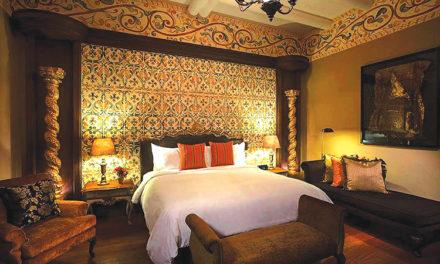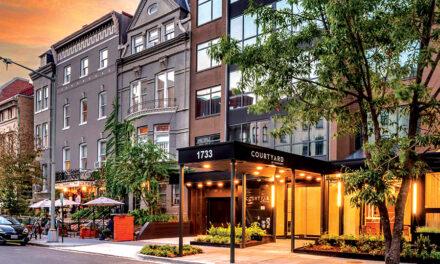Stay & Play
Central Spain’s Parador de Cuenca
by Randy Mink
For soaking up the heritage and romance of Spain almost by osmosis, nothing beats staying overnight in one of the country’s government-owned paradors. Many of the parador network’s 90-plus hostelries occupy former castles, palaces, fortresses and other types of historic buildings. They’re a big hit with North Americans seeking out Old World flavor.
Both for its prime location and historical ambience, the 63-room Parador de Cuenca, once the monastery of San Pablo, makes an ideal home base in the enchanting city of Cuenca (see related article on page 8). Set on a rocky outcrop high above the Huecar River, the hotel affords postcard-perfect views of ancient buildings clinging to the cliffs across the gorge. Just steps from the entrance lies photogenic San Pablo Bridge, the gorge-spanning walkway that leads to the Ciudada Alta (Old City).
A destination in itself, Parador de Cuenca was built in the 16th century by the Dominican order. The monastery was converted into a university in the 1800s and later served as a hospital, school and military headquarters.
One of the hotel’s most striking features is the beautiful cloister that wraps around an open-air courtyard where you can enjoy a drink on a summer evening. The arcades, graced with semi-circular arches, beamed ceilings and black-and-white-tile floors, are accented with antiques, including wooden chests and a grandfather clock.
Also impressive is the restaurant’s coffered wooden ceiling. Once a chapel where monks prayed, the vaulted room is a heavenly place for breakfast. At the buffet we feasted on fresh fruits, meats, cheeses, yogurt and artisan breads. A fan of baked goods, I filled up on mini brioches with chocolate chips, shortbread cookies made by nuns from a local convent and Manchego flowers (or flores manchegas), a raised, flower-shaped pastry of fried dough dusted with sugar and cinnamon.
From the a la carte menu we could order piping-hot churros or eggs any style, but both days I went for migas, a humble dish that became a favorite of mine while traveling in Spain. A satisfying comfort food, migas combines fried crumbs from stale bread (soaked in water to get moist), olive oil, garlic, paprika (coloring it orange) and bits of chorizo. The crispy concoction is usually topped with a fried egg.
Paradors are known for purveying the best in Spanish gastronomy, and the restaurant’s dinner menu features many dishes with traditional recipes from Spain’s Castilla-La Mancha region. Entrees include shoulder of suckling lamb, Manchego-style roasted lamb with rosemary sauce, and baked cod with Manchego ratatouille and saffron sauce.
The word Manchego, known to North Americans as the name of a prized, semi-hard sheep’s milk cheese, also refers to the La Mancha region. The parador’s menu offers a selection of Manchego cheeses.
Like the dining hall, the bar evokes the spirit of the old monastery. Just look up at the lovely religious ceiling frescoes framed by ornate plasterwork.
Across the road are the tennis courts and outdoor swimming pool.
The high-ceilinged guest rooms at Parador de Cuenca are tastefully appointed. My third-floor nest had a desk, TV, refrigerator and individual temperature controls. Red-tile floors and carved wooden doors lent a rustic look. In both the bedroom and bathroom, windows let in fresh air, allowing me to hear crowing roosters at the farmstead across the river.

